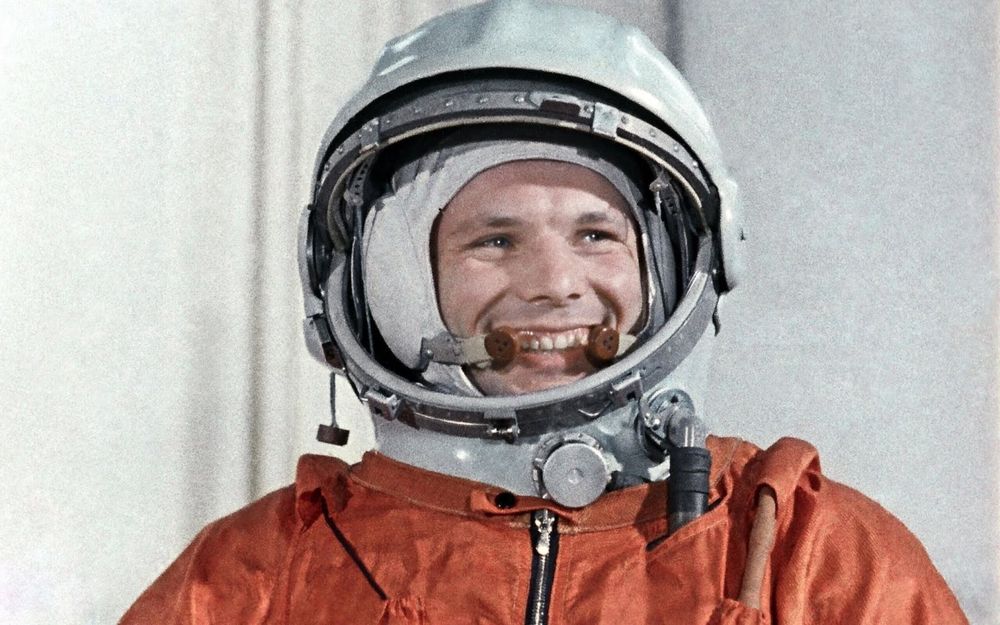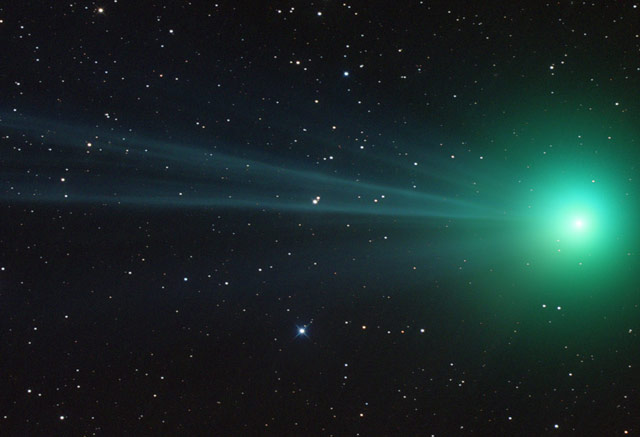Lawrence Hall of Science - Astro News BellaOnline.com #354
Hi everybody
Here's the latest article from the Astronomy site at BellaOnline.com.
Lawrence Hall of Science - Astronomy
Follow a steep road into California's Berkeley hills to find the Lawrence Hall of Science (LHS). It's the public science center of the University of California Berkeley, and delights visitors of all ages with the wonders of science. A bonus is a spectacular panoramic view of the San Francisco Bay.
http://www.bellaonline.com/articles/art304191.asp
*E-book guide to this year's solar eclipse in North America – free until Tuesday!*
Brian Ventrudo and Manish Panjwani have produced an e-book guide called "How to See the 2017 Total Solar Eclipse: A Practical Guide for the First-Time Eclipse Watcher". It will sell on Amazon for $3.99, but you can download it free until Tuesday the 23rd. Here's the link: https://www.amazon.com/dp/B07235LPDC
*It changed our view of the Universe*
On May 11, 1916 Einstein's General Theory of Relativity was published. Few people understood it at first, but by now it has often been tested and has passed every test. It changed our understanding of the Universe.
*Birth anniversaries*
(1) May 10, 1900: British-American astronomer and astrophysicist Cecilia Payne-Gaposchkin was born. In her PhD thesis she was the first to propose that stars were composed mainly of hydrogen and helium.
(2) May 15, 1857: Scottish-American astronomer Williamina Fleming was born. She was a pioneer in the classification of stellar spectra and during the course of her career, she discovered 10 novae, 52 nebulae, and 310 variable stars. http://www.bellaonline.com/articles/art302345.asp
(3) May 17, 1836: English scientist and astronomer Norman Lockyer was born. Along with the French scientist Pierre Janssen, he is credited with discovering the gas helium which was first found in the light spectrum of the Sun decades before any was found on Earth.
*Missions launched*
(1) May 9, 2003: the Japanese mission Hayabusa ("peregrine falcon") was launched. It was the first mission to return a sample of material from an asteroid.
(2) May 11, 1974: the first geostationary satellite was launched. SMS-1 (Synchronous Meteorological Satellite) was the first satellite in the first series of geostationary meteorological satellites. (A geostationary satellite is in an orbit that keeps it above the same part of the Earth all of the time.)
(3) May 11, 2009: the space shuttle mission STS-125 was launched. It was the fifth and final servicing mission for the Hubble Space Telescope.
(4) May 14, 1973: Skylab, the first United States space station, was launched.
(5) May 14, 2009 – May 14th – ESA launched both the infrared Herschel Space Observatory and the Planck Space Observatory which made high resolution studies of the cosmic microwave background radiation left over from the very early Universe.
Please visit http://astronomy.bellaonline.com/Site.asp for even more great content about Astronomy. I hope to hear from you sometime soon, either in the forum http://forums.bellaonline.com/ubbthreads.php/forums/323/1/Astronomy or in response to this email message. I welcome your feedback!
Do pass this message along to family and friends who might also be interested. Remember it's free and without obligation.
I wish you clear skies.
Mona Evans, Astronomy Editor
http://astronomy.bellaonline.com
.
astronomy Newsletter








